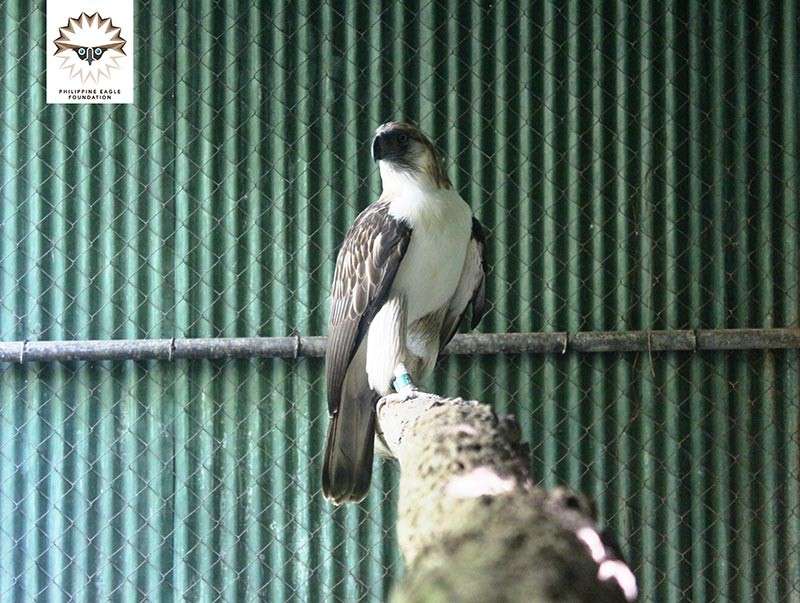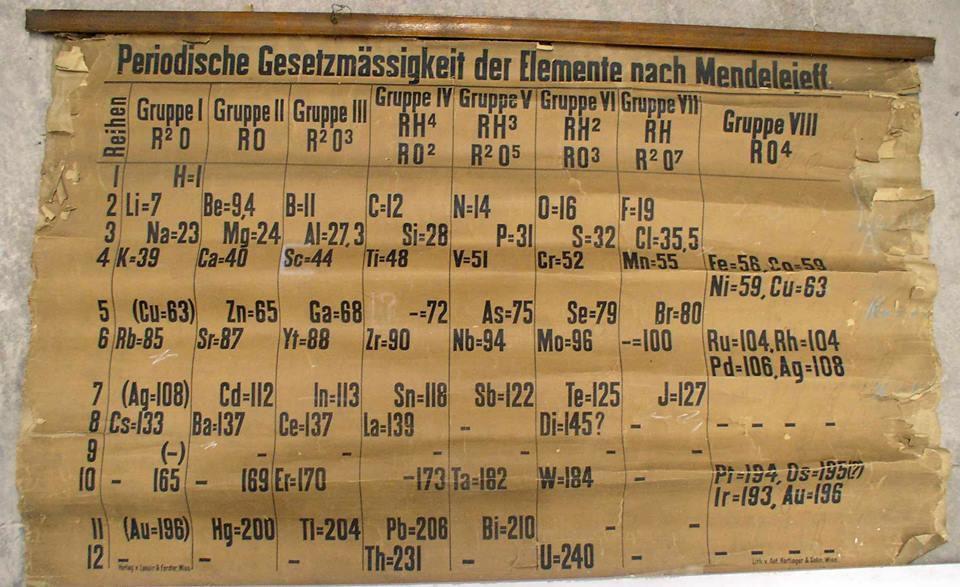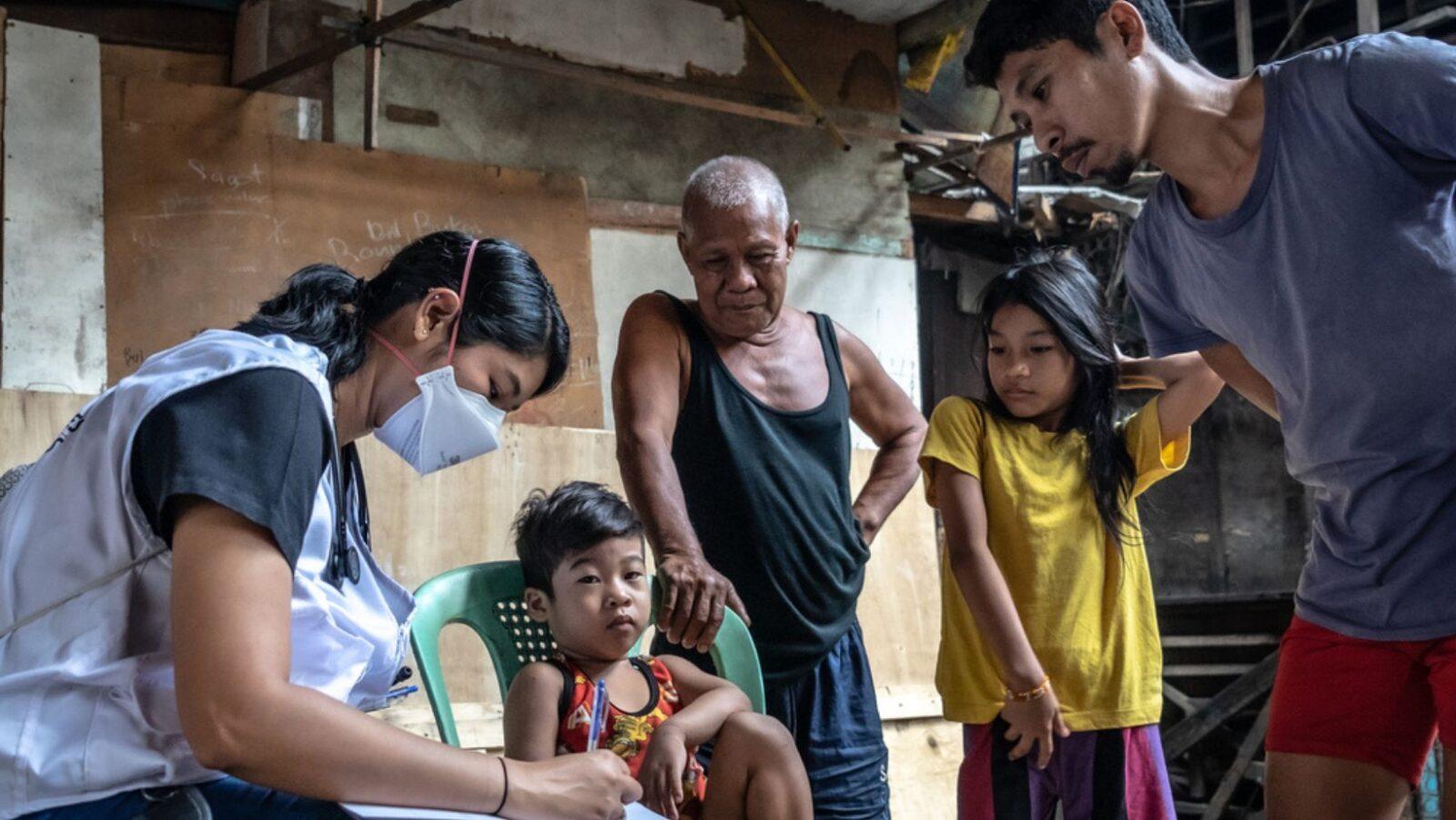ICYMI: Science and technology updates from January 13 to 19, 2019.
DOST-SEI welcomes first batch of ASEAN CLM scholars
Last January 15, the Department of Science and Technology (DOST) officially welcomed 12 graduate scholars from Myanmar and Cambodia who are pursuing science and engineering degrees at the De La Salle University (DLSU) and the University of the Philippines (UP). These scholars are beneficiaries of the “DOST Scholarship Offerings for ASEAN Researchers at Cambodia – Lao PDR – Myanmar (CLM)” program. The scholarship program is exclusively offered to students from the three countries. The DOST has committed a budget of Php 50 million to the ASEAN Committee on Science and Technology for Human Resource Development to implement the program. According to DOST’s Science Education Institute (SEI), there are 14 scholars at DLSU, UP Diliman, UP Los Baños, and UP Manila. The scholars are pursuing degrees in fields such as genetics, entomology, environmental science, public health, and chemical engineering.
Cambodia, Sri Lanka collaborate with IRRI for landmark agriculture strategies
Earlier this week, Cambodian agriculture officials unveiled their first-ever national seed strategy at the International Rice Research Institute (IRRI) headquarters in Los Baños. The landmark seed strategy was crafted in consultation with scientists from the institute. The document “outlines a set of national strategic actions for the production and marketing of seeds for rice and other major agricultural crops,” as well as the establishment of various regulatory bodies, associated institutions, and capacity-building and training programs. Read the full story.
Meanwhile, IRRI and the Government of Sri Lanka also inked a comprehensive work plan “to advance Sri Lanka’s rice self sufficiency goals through joint research for development projects in the country in the next five years.” Called the Sri Lanka-International Rice Research Institute 5-year Work Plan, it will complement Sri Lanka’s national plan for its rice sector, and is guided by ten priority themes for research and development projects. Read the full story.
Pag-asa the eagle turns 27

Last January 15, the first successful captive-bred Philippine eagle, Pag-asa, celebrated his 27th hatch day at the Philippine Eagle Center in Malagos, Baguio District, Davao City. Dennis Joseph I. Salvador, executive director of the Philippine Eagle Foundation (PEF), observed an increased public awareness of the species’ plight. “Unlike before, people are now active in reporting cases involving the Philippine Eagle to us. For example, for almost all cases, if somebody gets hold of an eagle, it will be reported to us unlike before that many of these remained unreported,” he shared. Read the full story.
Facebook cracks down on Russia-linked misinformation campaign
Hot on the heels of its recent ban of Philippine fake news pages, the social media giant Facebook identified two disinformation campaigns from Russia — one of which was linked to Sputnik, an agency under the Kremlin, the headquarters of the Russian government — aimed at European and central Asian users. Facebook confirmed that it “deleted nearly 500 pages and accounts that had posted the misleading messages.” The company added that the campaign used “independent news pages on topics like weather, travel and sports” for this purpose. Read the full story.
Experts curb spread of breast cancer cells by turning them into fat
Using a novel approach, researchers transformed human breast cancer cells in mice into fat cells–a promising approach to fighting the lethal disease. The researchers examined the two paths that cancer takes in the body to spread and metastasize. Then, the scientists treated the lab mice with a diabetic drug called rosiglitazone and a cancer treatment called trametinib. The combination of these drugs prompted cancer cells to transform into fat cells (a process known as adipogenesis) instead of spreading through the body. Read the full story.
Is this the world’s oldest periodic table?

Just in time for the 150th anniversary of the Periodic Table of Elements, the University of St. Andrews in Scotland announced the discovery of the world’s oldest-known classroom chart of the periodic table. The chart was first discovered in 2014 in a storage area in the university’s chemistry department. The chart is similar to a second version of the original table produced by Dmitri Mendeleev in 1871. Experts agree that the chart came out between 1879 and 1886. (Germanium was discovered in 1886, and is not on the chart.) Read the full story.
Researchers pinpoint gene responsible for spread of prostate cancer
A recently published study identified the NSD2 gene as a particularly relevant gene in the spread of prostate cancer. Using a computer algorithm, the researchers found that patients with this specific gene had a higher risk of prostate cancer cells spreading. By switching it off in the tumor cells, the cancer’s spread greatly decreased. The experts suggest that targeting the gene may help patients survive longer. Read the full story.







